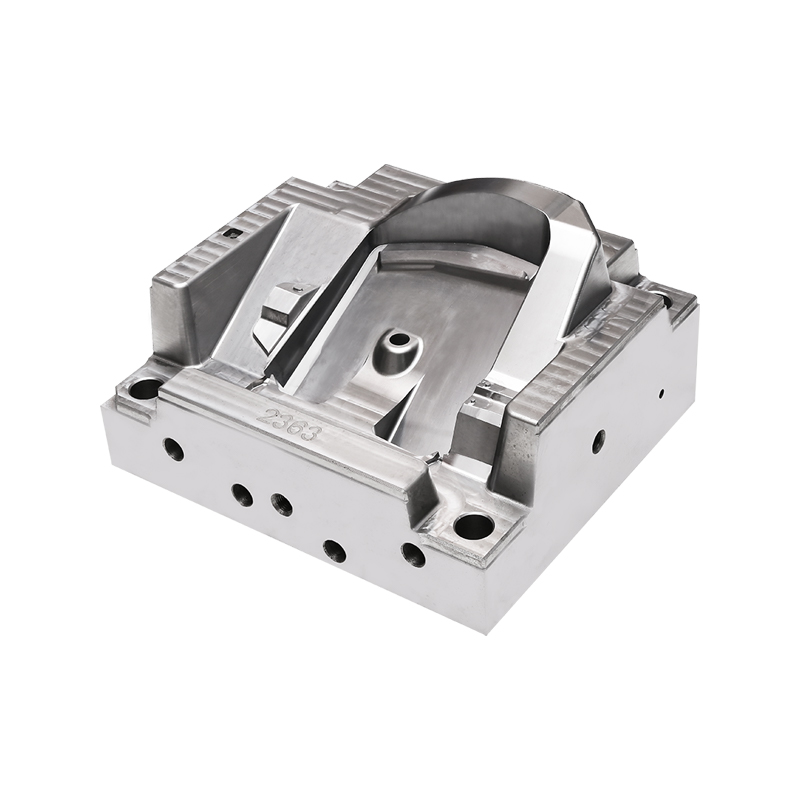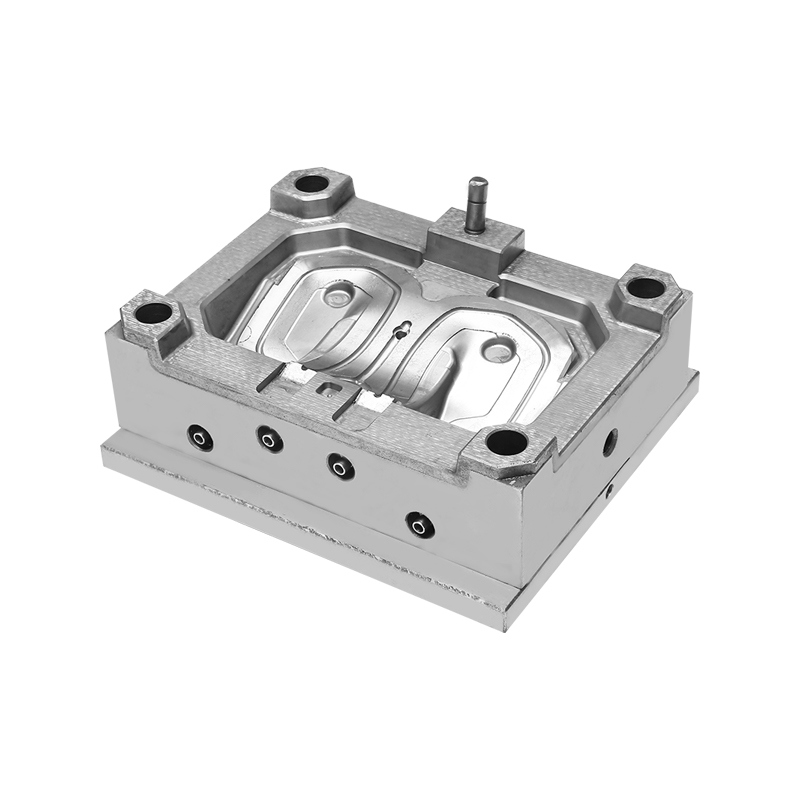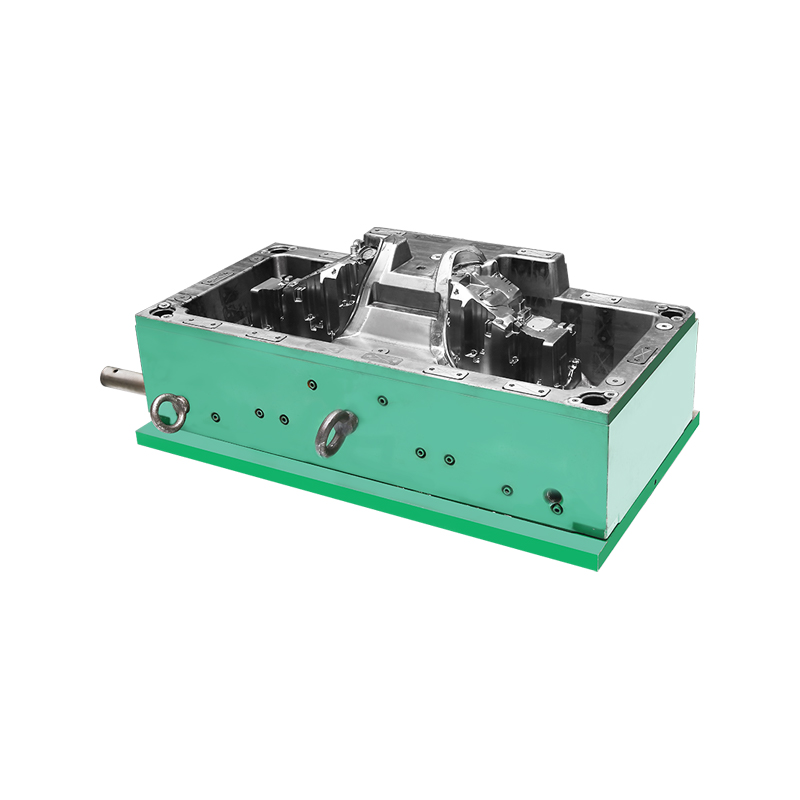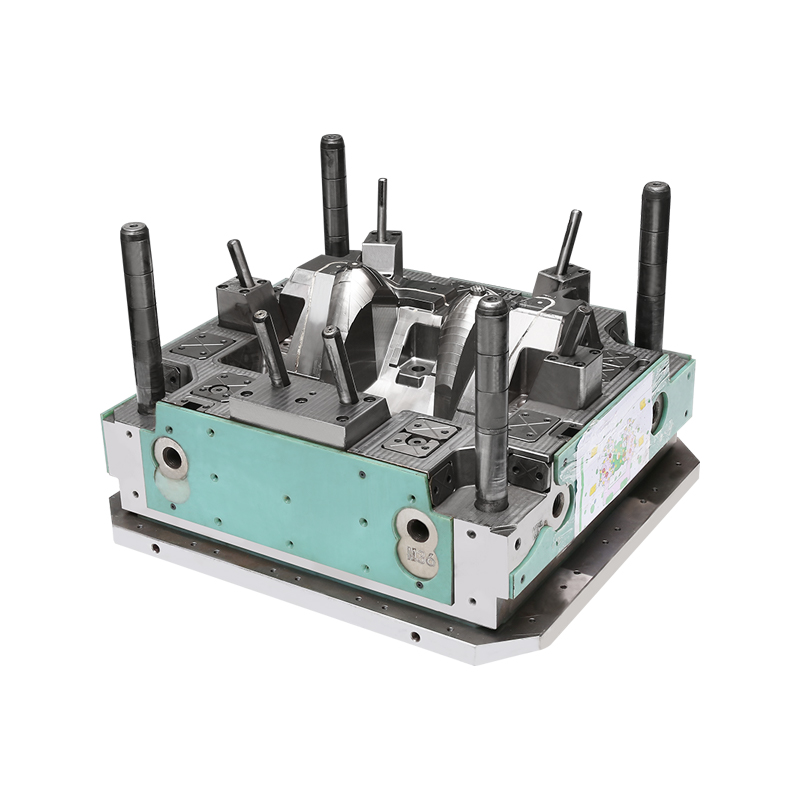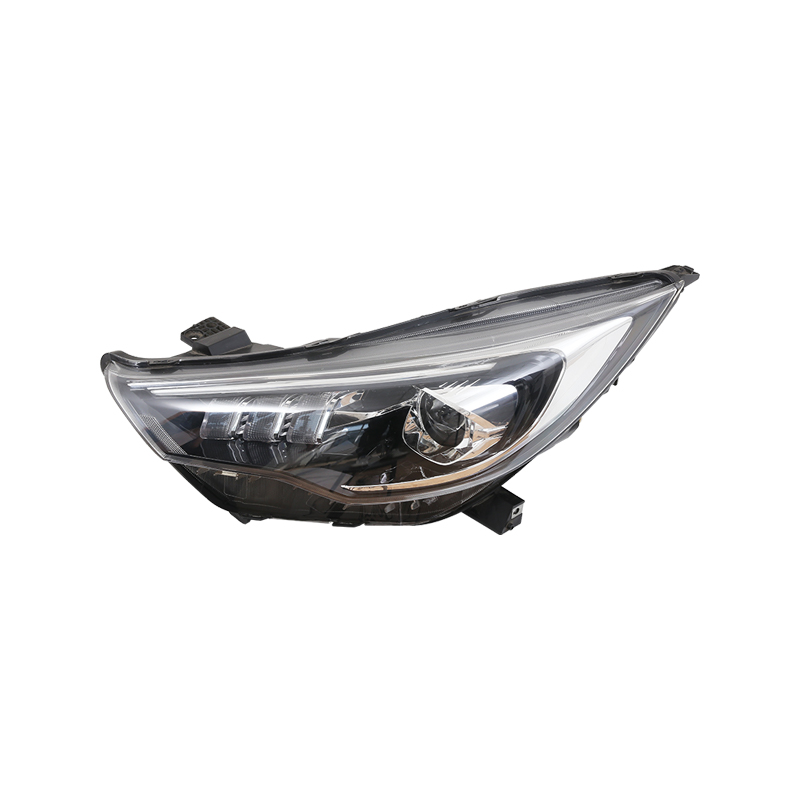As the automotive lighting industry undergoes rapid transformation, Auto Lamp Mould manufacturers are evolving to meet the demands of modern vehicle design. The shift from traditional halogen bulbs to LED and even laser-based lighting systems has significantly influenced the structure, precision, and performance requirements of Auto Lamp Mould technology.
In the past, Auto Lamp Mould development focused primarily on creating basic geometries for halogen-based headlamps and tail lamps. These lamps had relatively simple housing designs and standard reflector requirements. However, with the rise of LED lighting, the complexity of lamp assemblies has grown considerably. Today’s Auto Lamp Mould must account for advanced optical lenses, intricate light guides, and multi-functional components integrated into a single lamp unit.
LED technology allows for slimmer, lighter, and more visually distinct lamp designs. This has created a demand for Auto Lamp Mould solutions capable of delivering high precision and tighter tolerances. The alignment of LEDs and internal components must be exact to ensure light projection and compliance with automotive lighting regulations. As a result, modern Auto Lamp Mould designs increasingly rely on advanced simulation software, high-speed CNC machining, and multi-cavity tooling to achieve the required standards.
In addition to design complexity, Auto Lamp Mould makers are also responding to changes in material requirements. LED lamps typically generate less heat than halogen systems, allowing for greater flexibility in plastic selection. High-performance polycarbonates and PMMA (acrylic) materials are now commonly used for lenses and housings, and molds must be designed to handle these materials with precision. This includes ensuring uniform flow, avoiding shrinkage, and minimizing internal stress during the injection molding process.
Another key factor driving change in Auto Lamp Mould production is the growing importance of aesthetic features. LEDs enable signature lighting, animated turn signals, and 3D effects that enhance brand identity. These stylistic advancements place new demands on the Auto Lamp Mould, particularly in terms of surface finish, texture replication, and optical clarity. Mold polishing and surface treatment have become critical steps to ensure that the final product meets both functional and visual expectations.
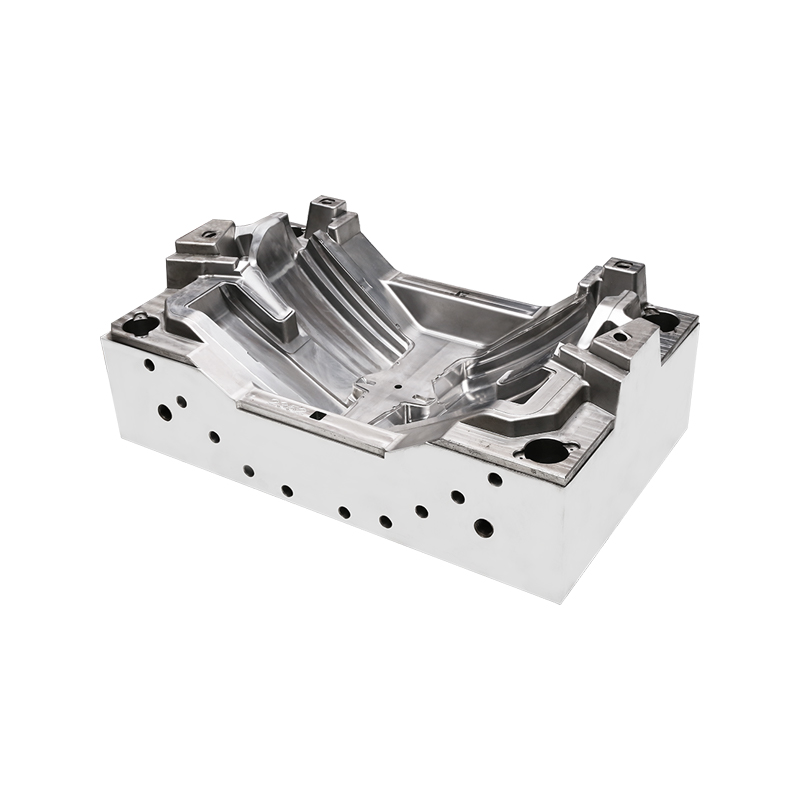
As vehicle manufacturers introduce new models more frequently, Auto Lamp Mould production cycles are also becoming shorter. To stay competitive, mould suppliers are adopting modular mould designs and automated manufacturing processes to reduce time. This has led to increased investment in digital twin technology and real-time quality monitoring systems within Auto Lamp Mould facilities.
Sustainability is another area influencing Auto Lamp Mould design. The use of recyclable materials and energy-efficient lighting technologies has prompted mould makers to consider environmental factors during development. Optimized gating systems, minimal material waste, and mould longevity are now standard considerations in Auto Lamp Mould manufacturing.
The aftermarket segment also plays a role in shaping the future of Auto Lamp Mould. As LED conversion kits and custom lighting modifications gain popularity, mould makers are developing flexible, cost-effective solutions for non-OEM lamp production. This requires a balance between customization and consistent quality, especially when replicating original equipment design.
In conclusion, the evolution from halogen to LED lighting has brought about significant changes in the Auto Lamp Mould industry. Modern moulds are no longer simple tools for shaping plastic but are sophisticated systems designed to meet complex optical, aesthetic, and performance requirements. As lighting technologies continue to evolve, Auto Lamp Mould manufacturers must remain agile, innovative, and responsive to industry trends. Their role is essential in supporting the next generation of automotive design.

 English
English 中文简体
中文简体 русский
русский Español
Español
